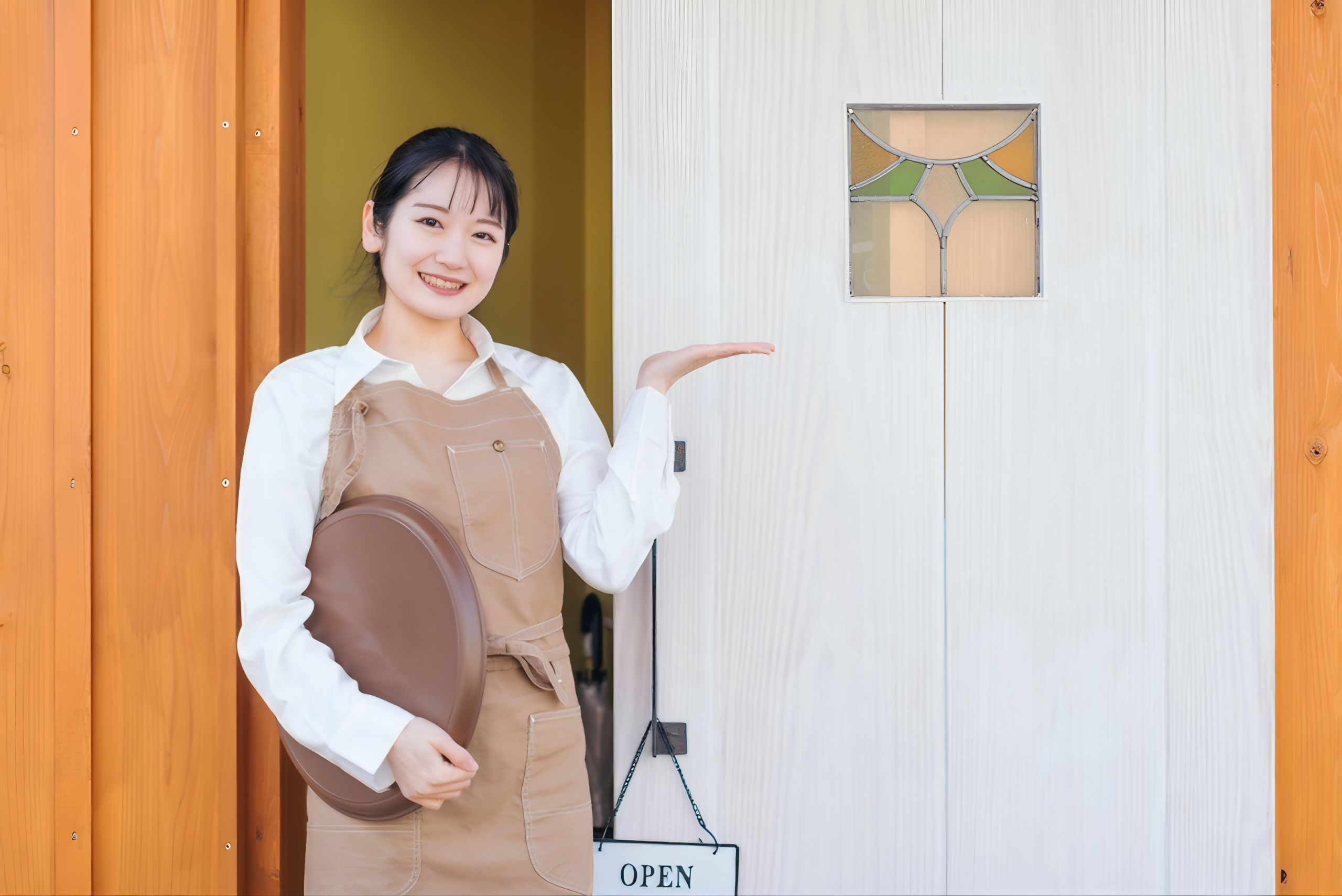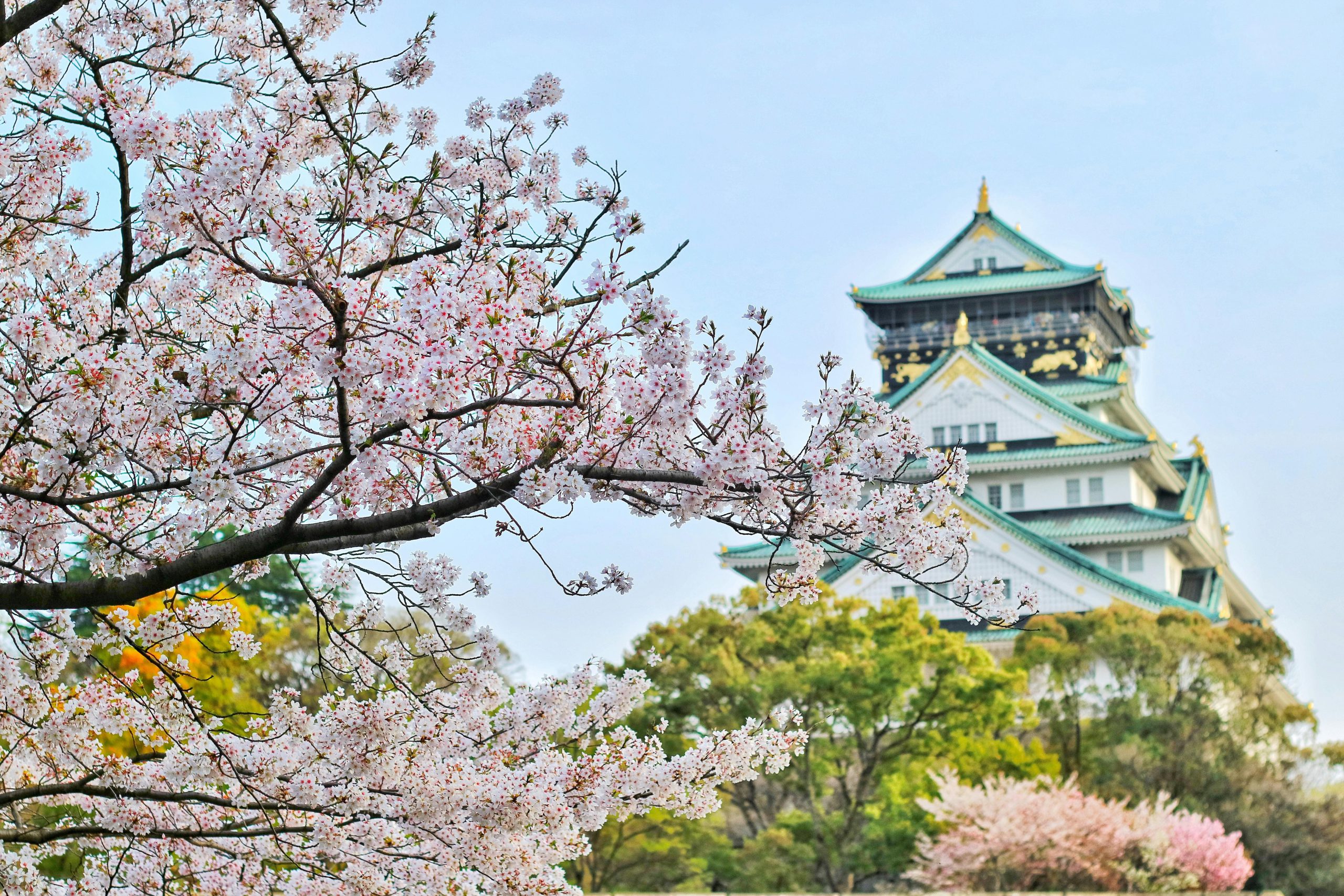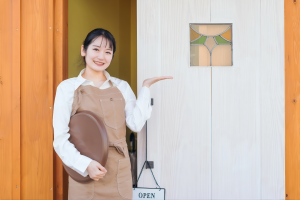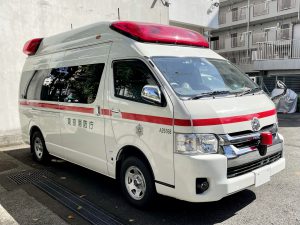Introduction
Gratitude is at the heart of Japanese culture. Knowing how to say “thank you” properly — and choosing the right expression for each situation — shows respect, humility, and appreciation. Japanese offers many ways to say “thank you,” each with its own level of politeness and nuance.
In this guide, you’ll learn more than 10 practical ways to say “thank you” in Japanese, from casual thanks among friends to the most formal expressions used in business or ceremonies.
Let’s get started!
Basic and Common Ways to Say “Thank You”
1. ありがとう (Arigatou) – “Thanks”
Arigatou is the casual, everyday way to say “thanks.”
When to use:
- With friends, family, or people close to you
Example:
- “Arigatou!” (Thanks!)
Tip: Use a warm tone and a smile to sound natural.
2. ありがとうございます (Arigatou gozaimasu) – “Thank you”
Arigatou gozaimasu is the polite version of “thank you.”
When to use:
- With strangers, coworkers, teachers, service staff
Example:
- “Arigatou gozaimasu!” (Thank you!)
Tip: Use it in almost any situation outside very casual conversations.
3. ありがとうございました (Arigatou gozaimashita) – “Thank you” (for something already done)
Use arigatou gozaimashita when thanking someone for something they’ve already completed.
When to use:
- After receiving help
- After leaving a restaurant, shop, or service
Example:
- “Kyou wa arigatou gozaimashita.” (Thank you for today.)
Tip: Use the “mashita” ending for past actions.
Casual and Friendly Ways to Say “Thank You”
4. ども (Doumo) – “Thanks” / “Hi”
Doumo is super casual and can mean “thanks” or even just “hi” in some contexts.
When to use:
- Very casual, quick thanks
- With close friends
Example:
- “Doumo!” (Thanks!)
Tip: Not appropriate for formal situations.
5. どうもありがとう (Doumo arigatou) – “Thanks a lot”
A slightly stronger “thank you” combining “doumo” and “arigatou.”
When to use:
- To show extra appreciation among friends or colleagues
Example:
- “Doumo arigatou!” (Thanks so much!)
6. さんきゅー (Sankyuu) – “Thanks” (from English “Thank you”)
Japanese people often use sankyuu in casual, playful conversation.
When to use:
- With friends, texting, or casual speech
Example:
- “Sankyuu!” (Thanks!)
Tip: Foreigners can use it too, but limit it to very casual settings.
Very Polite and Formal Ways to Say “Thank You”
7. お疲れ様です (Otsukaresama desu) – “Thank you for your hard work”
This phrase doesn’t literally mean “thank you,” but it’s used to express gratitude for someone’s effort.
When to use:
- In the workplace
- After meetings or teamwork
Example:
- “Otsukaresama desu!” (Thank you for your hard work!)
Tip: Saying this at the end of the day shows great professionalism.
8. 感謝します (Kansha shimasu) – “I deeply appreciate it”
A more heartfelt, formal way to express gratitude.
When to use:
- In speeches
- In writing
- Formal thank you letters
Example:
- “Koko ni kansha shimasu.” (I deeply appreciate this.)
9. 真心から感謝します (Shinshin kara kansha shimasu) – “I thank you from the bottom of my heart”
An even deeper, emotional expression of gratitude.
When to use:
- Deep personal gratitude
- Formal letters or important conversations
Example:
- “Anata no tasuke ni shinshin kara kansha shimasu.” (I truly thank you for your help.)
10. ご驚惊の意を表します (Go-keigi no i o arawashimasu) – “I express my sincere gratitude”
A very formal phrase used in official letters and ceremonies.
When to use:
- Business letters
- Awards speeches
Example:
- “Go-keigi no i o arawashimasu.” (I express my sincere gratitude.)
Tip: Rarely used in daily conversation.
Bonus Expressions Related to “Thank You”
11. お世話になりました (Osewa ni narimashita) – “Thank you for taking care of me”
Used to express gratitude for someone’s support, hospitality, or guidance.
When to use:
- After staying at someone’s house
- At the end of internships, jobs, or collaborations
Example:
- “Osewa ni narimashita!” (Thank you for taking care of me!)
12. お役に立てて良かったです (O-yaku ni tatete yokatta desu) – “I’m glad I could help”
A humble way to express that you’re thankful for being useful to someone.
When to use:
- After offering assistance
Example:
- “O-yaku ni tatete yokatta desu.” (I’m happy I could help.)
Quick Table: Summary of “Thank You” Phrases
| Japanese | Pronunciation | Meaning | Usage |
|---|---|---|---|
| ありがとう | Arigatou | Thanks | Casual |
| ありがとうございます | Arigatou gozaimasu | Thank you | Polite |
| ありがとうございました | Arigatou gozaimashita | Thank you (past) | Polite |
| どうも | Doumo | Thanks | Very casual |
| どうもありがとう | Doumo arigatou | Thanks a lot | Casual |
| さんきゅー | Sankyuu | Thanks | Very casual |
| お疲れ様です | Otsukaresama desu | Thanks for your effort | Business |
| 感謝します | Kansha shimasu | I appreciate it | Formal |
| 真心から感謝します | Shinshin kara kansha shimasu | Heartfelt thanks | Very formal |
| ご驚惊の意を表します | Go-keigi no i o arawashimasu | I express my sincere gratitude | Ceremonial |
| お世話になりました | Osewa ni narimashita | Thank you for your support | Business/personal |
FAQ
Should I always say “arigatou gozaimasu”?
When in doubt, yes. It’s polite, safe, and appropriate in almost all situations.
Can I use “sankyuu” with Japanese people?
Yes, but only with friends or in very casual, playful settings.
What’s the difference between “arigatou gozaimasu” and “arigatou gozaimashita”?
“Gozaimasu” is used for ongoing actions. “Gozaimashita” is used after something is finished.
Is “doumo” enough to say thanks?
Among friends, yes. In formal situations, it’s too casual.
How do I show extra gratitude?
Use phrases like “hontou ni arigatou gozaimasu” (really, thank you) or “shinshin kara kansha shimasu.”
Conclusion
Learning how to say “thank you” in Japanese goes beyond memorizing “arigatou.” Each variation adds a new layer of nuance, politeness, and warmth to your conversations.
Whether you’re casually thanking a friend, showing deep gratitude to a mentor, or politely thanking a server, choosing the right expression shows your respect for Japanese culture and makes your interactions more genuine.
Practice these phrases, match your tone and body language, and you’ll find yourself blending smoothly into Japanese society, one “arigatou” at a time!
























